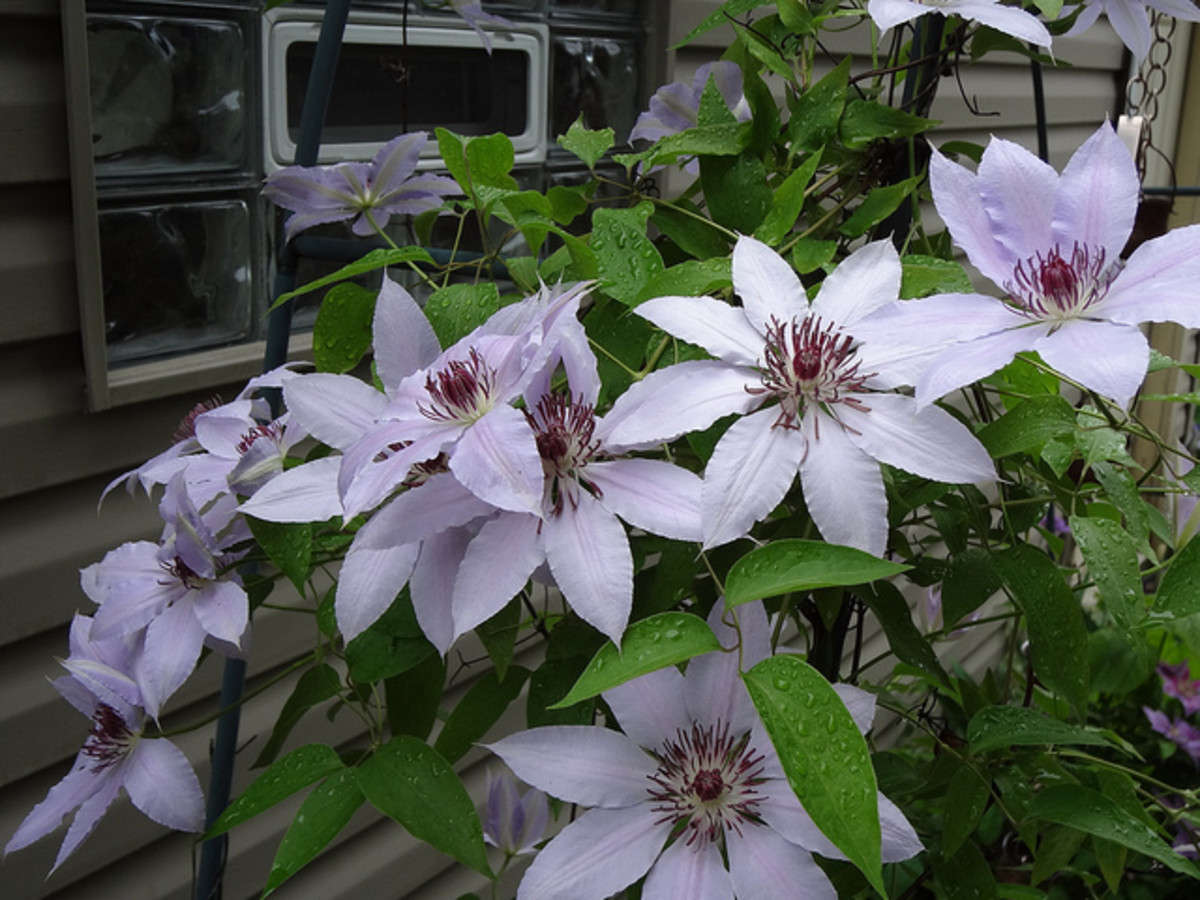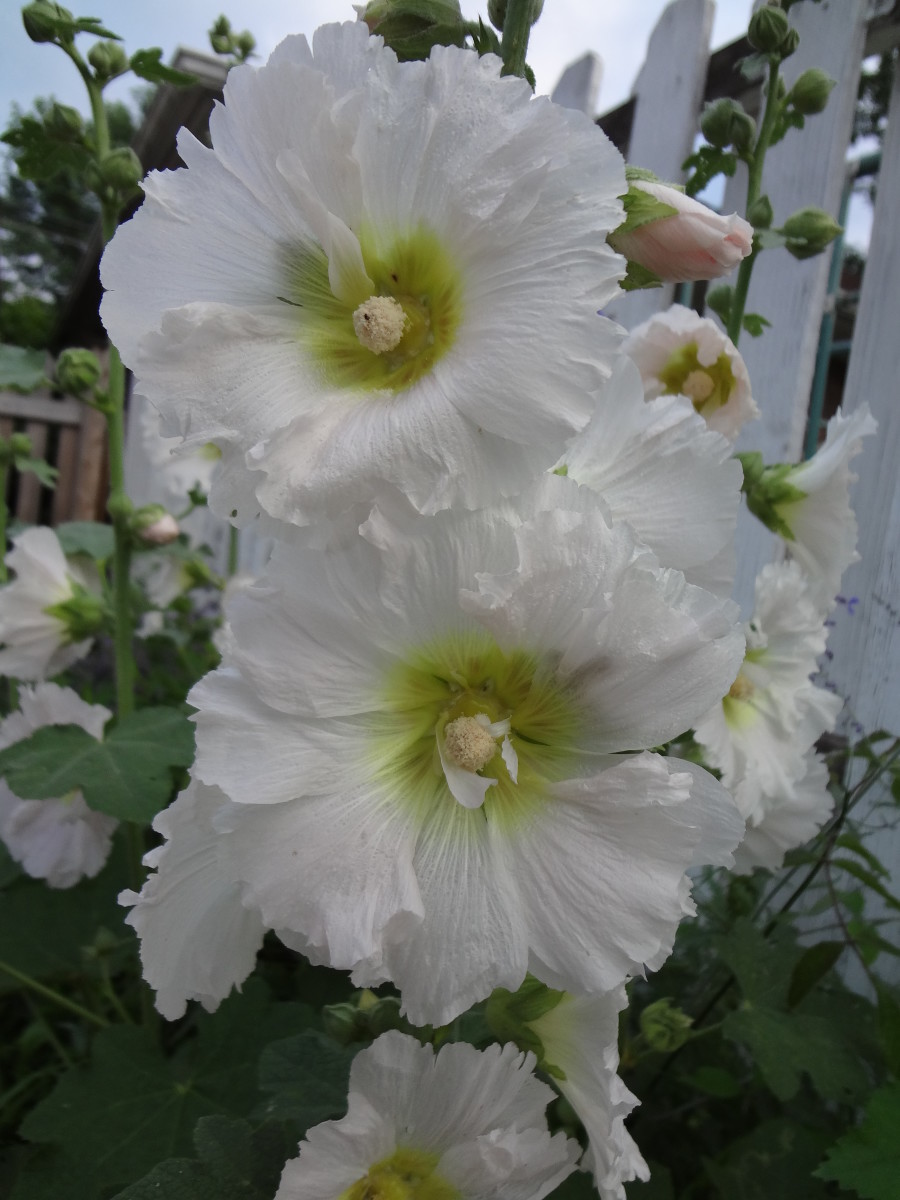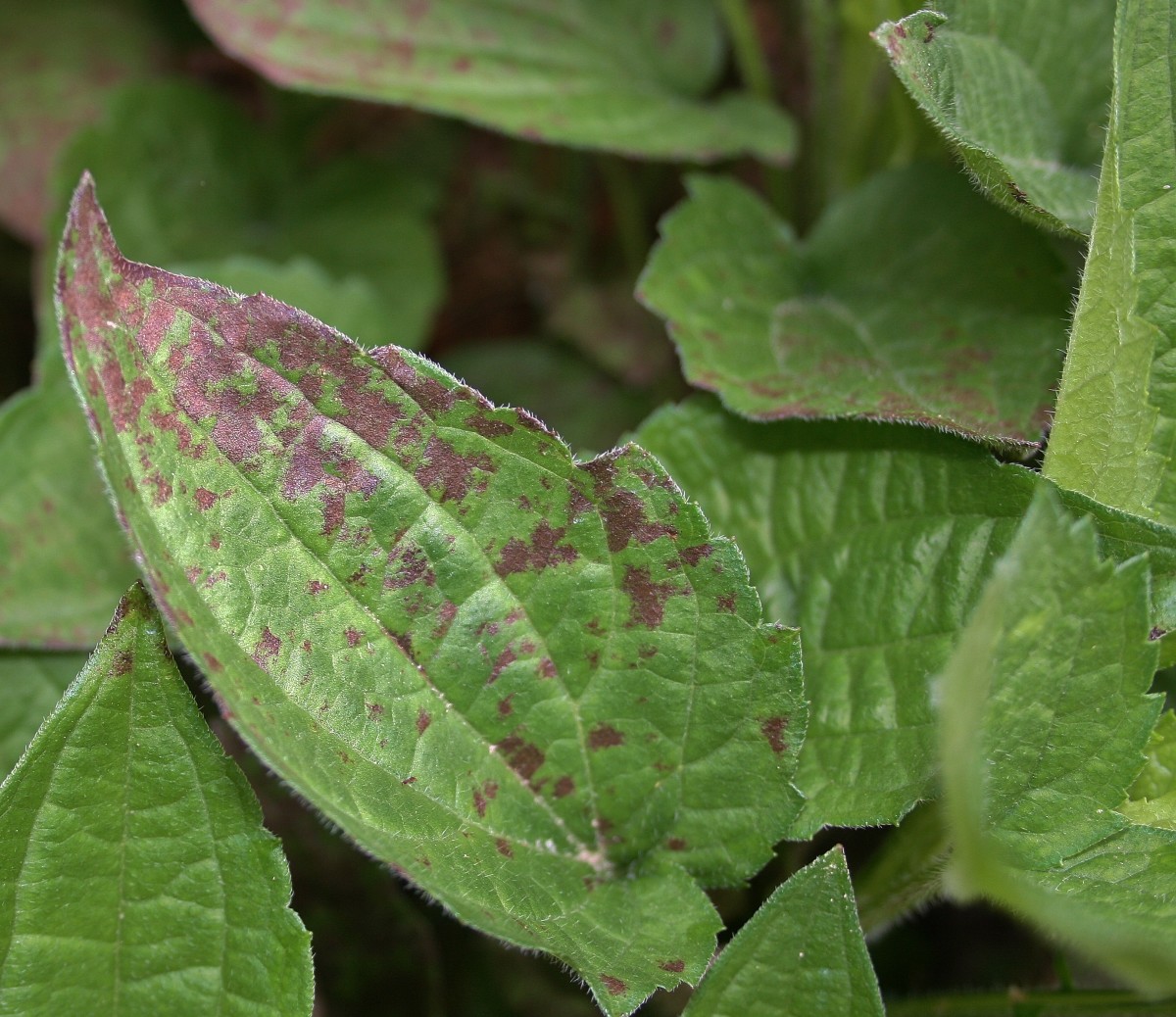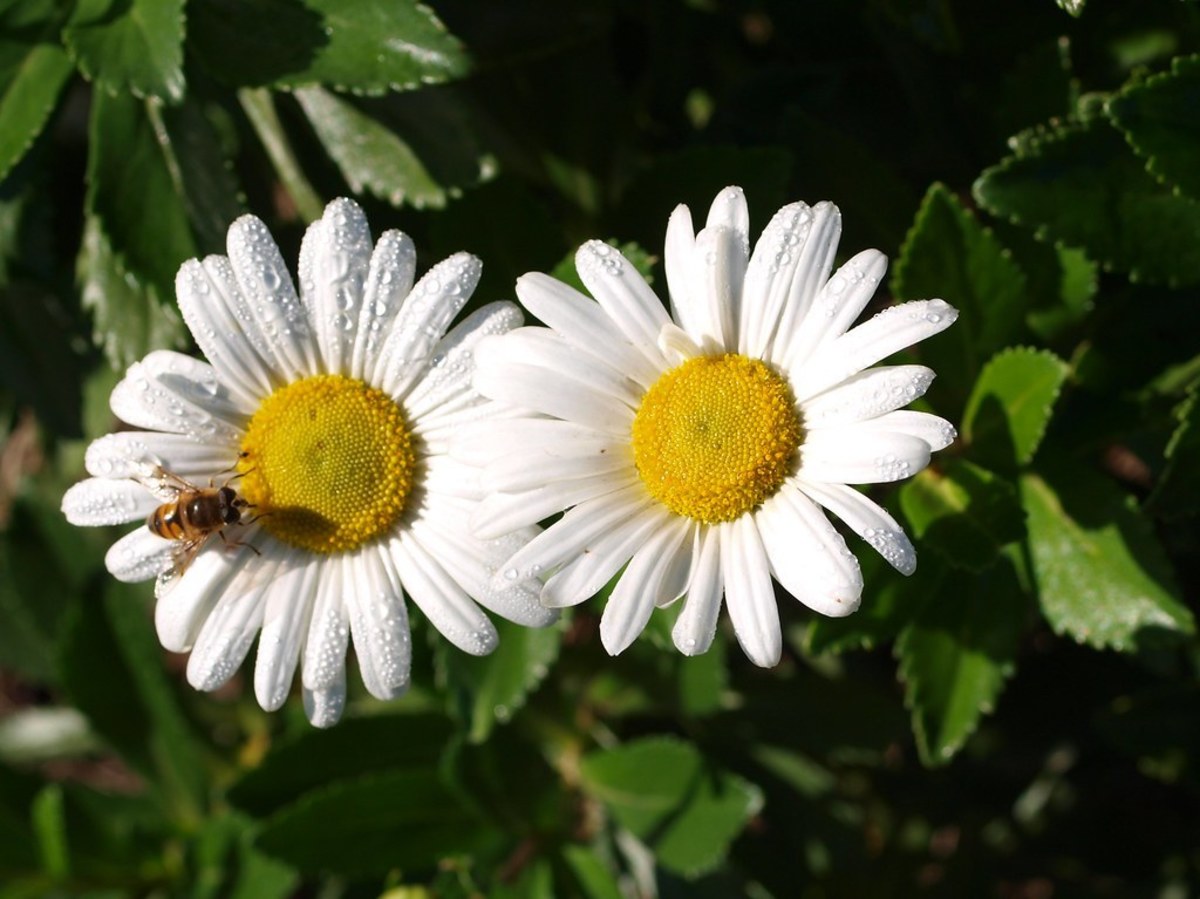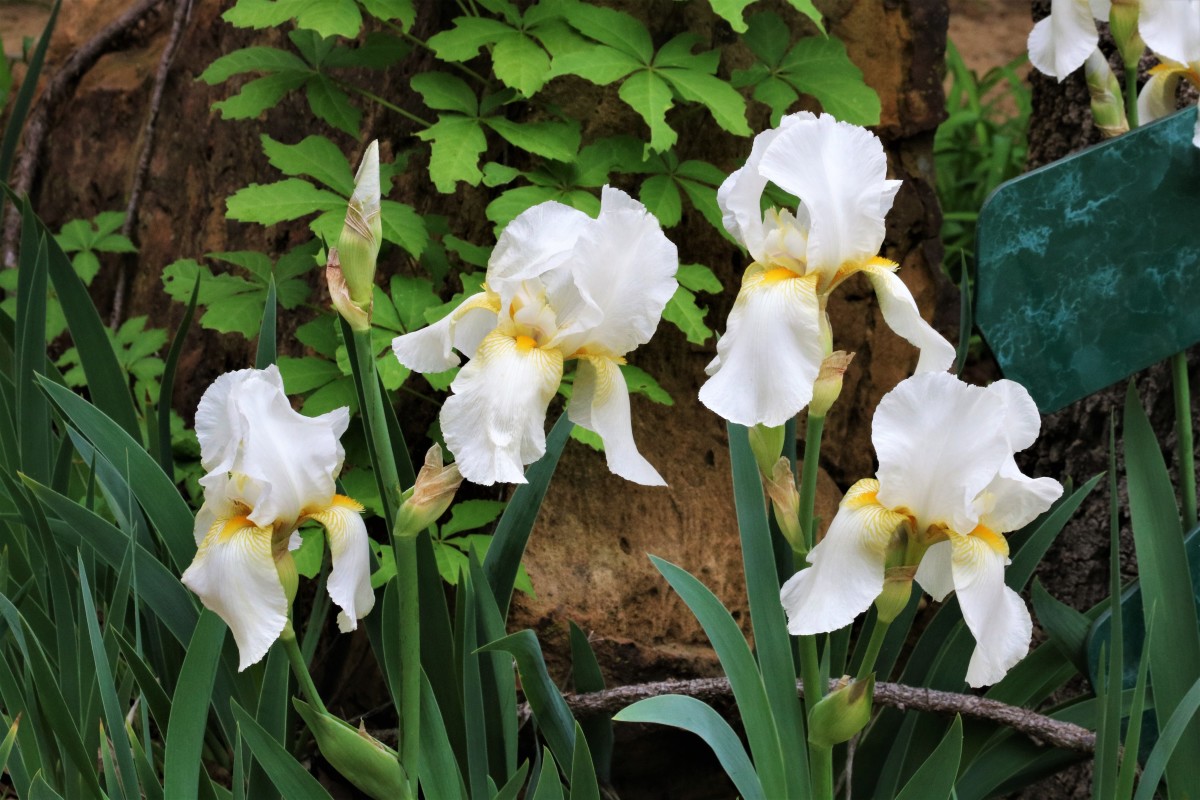- HubPages»
- Home and Garden»
- Gardening»
- Planting Flowers
Plant Spotlight: Dianthus
What is Dianthus?
Dianthus is the name of over three thousand different cultivars in the Carnation family. You may know them as Pinks or Sweet William. Most varieties are herbaceous perennials (Zones 3 through 10) that come in a wide range of colors including white, pink, red and yellow, with variations and combinations from these colors. There are also new cultivars on the market with more exotic looking colors, such as the Black and White Minstrels variety, which are nearly black with white edges.
Most Dianthus are low mounding to a height from 6 inches to 18 inches depending on the variety. Carnations are the exception to this and they get to a height of about 3 feet. All varieties have lovely blue-green colored foliage that is semi-evergreen, providing winter color and interest.
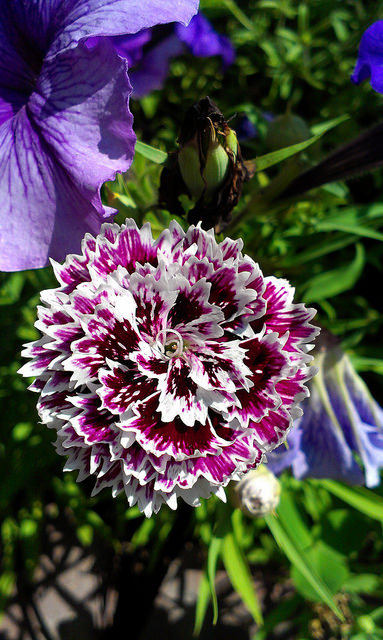
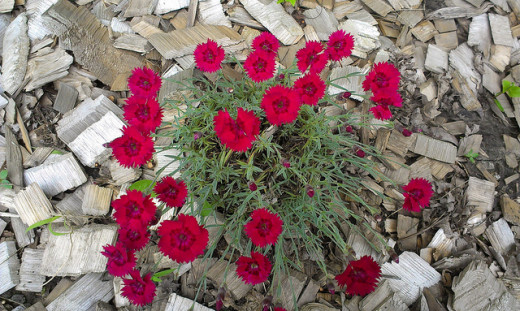
Dianthus Care and Propagation
Dianthus blooms summer through fall in part to full shade areas. It will grow well in any soil, even clay, as long as there is proper drainage. Once established, they are very drought tolerant. Some varieties are extremely fragrant, giving off a scent that is similar to cloves.
Propagation is fairly easy; you can divide the clumps in spring to produce new plants, take some cuttings and root them in a shaded spot or grow from seed.
If growing from seed, start them indoors about six weeks before your last frost date to get a jump start. By doing this, you will see blooms early summer. You can also plant the seeds directly out into the garden after your last frost date, but blooms may take longer in the growing season to develop.
Have you ever grown Dianthus?
Popular Varieties
There are literally thousands of different varieties on the market today. Here are some of the most popular, well-known and easy to find in either seed form or plant form:
Arctic Fire: Single, 5 petal blooms in white with magenta centers.
Desmond: A true Carnation in deep red with heavy clove scent.
Fire Witch: Very fragrant single blooms in hot pink.
Raspberry Surprise: Light pink double blooms with dark pink centers.
Black and White Minstrels: Strikingly dark maroon-black double blooms with white edges.
Coconut Surprise: White double blooms with red centers.
Pop Star Pink: Double bright pink blooms with red centers.
Fire Star: Double flowered Candy Apple red blooms.
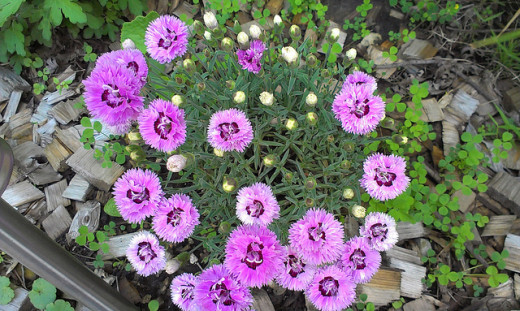
Applications in the Garden
Perfect for cottage gardens, this short, mounding plant has many uses:
- Along walkway edges
- At the front of the planting bed
- In containers
- As a ground cover
History and Folklore
It is thought that the name Carnation originated from the words Coronation or Corone (Crown) because of it's historic and ancient use in ceremonial head garland.
In the Middle Ages, it was used in wedding ceremonies and this is reflected in many paintings from that time period in which wedding ceremonies were the subject matter.
In modern times, it is a symbol of love, fidelity and fertility.
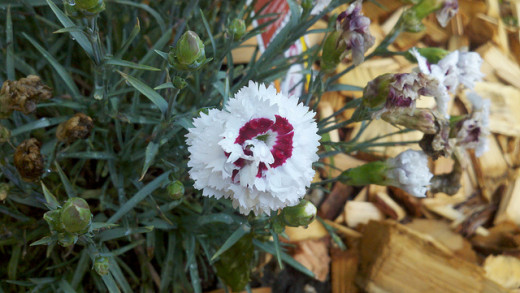
Culinary Uses
Dianthus and Carnation are edible! Because of it's strong clove-like scent, the flowers are crystallized and used in cake decorating. The raw, fresh flowers are used in mixed green salads (just like other edible flowers; Nasturtiums and Violets to name a few). If preparing to eat raw, make sure you remove the stem where it meets the flower. The stems are quite bitter.
The old-fashioned, fragrant varieties have been used for thousands of years and still used today in perfume making.
Did You Know?
The name Dianthus has Greek origins. Dios (God) and Anthos (Flower).
Shopping Around
If you are looking for an easy, low-maintenance plant that produces pretty flowers, I encourage you to give Dianthus a try.
I've been using them in my garden, both as edging along walkways and in containers. They are no-fuss plants that don't require any deadheading to keep them blooming.
This past winter we were hit extremely hard with snow and arctic temps. These plants didn't bat an eye; they all survived. Not only did they survive, but when the snow started to (finally) melt in late February, I was amazed to see that they were bright blue-green and healthy looking. No frost burn or browned parts. I cannot wait for them to start blooming again!
© 2014 Lisa Roppolo

